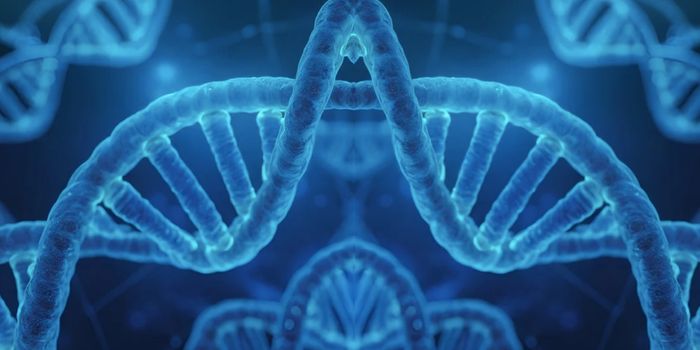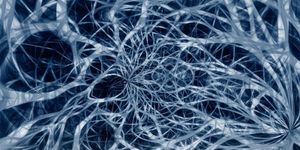Sugar Absorption Drives Cyst Growth in Polycystic Kidney Disease
Polycystic kidney disease (PKD) is a common genetic disorder, and it's thought to affect over 12 million people every year. PKD causes fluid filled cysts to form in the kidney, causing pain and high blood pressure. Eventually, the cysts become so large that they impair the function of the organ, resulting in kidney failure. Patients often require kidney transplants or dialysis. Researchers have now used kidney organoids, three-dimensional, miniaturized, and simplified versions of human kidneys, to reveal more about the disease. Reporting in Nature Communications, the investigators have found that sugar may help drive the formation of the cysts that are a hallmark of PKD. This work may help scientists develop new treatment options.
Kidneys take up sugar constantly, noted co-senior study author Benjamin Freedman, a nephrology investigator at the University of Washington School of Medicine.
When the organoid models that were genetically engineered to mimic PKD were exposed to increasing levels of sugar, the cysts began to get larger. If drugs that stop the kidneys from absorbing sugar were applied to the cultures, the swelling stopped. "But I think it relates less to blood sugar level and more to how kidney cells take in sugar, which in this process seemed to go rogue and give rise to cysts,” added Freedman.
In this study, the researchers were interested in investigating fluid flow in the kidney and how it influences PKD development. The team combined a kidney organoid and microfluidic chip, and moved a mixture of water, sugar, amino acids, and nutrients over the organoid-on-a-chip models.
The investigators expected the kidney organoids' cysts to get bigger under flow because the disease is linked to physiological flow rates, Freedman explained. “The surprising part was that the process of cyst-swelling involved absorption: the intake of fluid inward through cells from outside the cyst. That’s the opposite of what is commonly thought, which is that cysts form by pushing fluid outward through cells. It’s a whole new way of thinking about cyst formation.”
Cells that lined the PKD cyst walls faced outward on the chips as they swelled, and the tops of the cells were outside of the cysts. This is an inversion of the normal orientation, in which cells should be facing inward in healthy, live kidneys. The research suggested that cysts can get bigger by absorbing fluid that is rich in sugar, and not by secreting liquid.
Now the scientists will have to confirm these observations in an organism, and eventually, PKD patients. But the findings could open up new options for patients.
“The results of the experiment are significant because there is a whole class of molecules that block sugar uptake in the kidneys and are attractive therapeutics for a number of conditions,” Freedman said. “They haven’t been tested yet, but we view this as a proof-of-concept that these drugs could potentially help PKD patients.”









